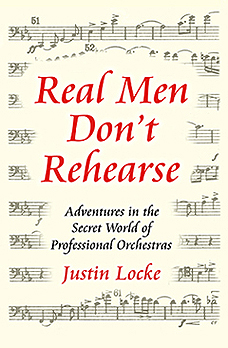In a joint announcement today, several of America’s largest symphony orchestras announced they are going paperless.
Bonnie Scheinflaff, IT director of the consortium of orchestras, explained that they would be replacing all of their paper-based sheet music systems with custom-built kindle style devices. They will be placed on each music stand where the paper sheet music used to be.
“This is a fabulous technological step forward for us,” Ms. Scheinflaff said. “We used to devote several rooms of our precious physical space to the storing and processing of moldy old sheet music. Now our entire collections can be stored on a single thumb drive.”
Ms. Scheinflaff also touted the many benefits of the new technology. “In the old days, as in yesterday, we paid a full time staff of librarians to put sheet music in cardboard folders. It was a nightmare keeping track of it all. Now all the notes the musicians need are controlled from one single automated control center, eliminating all possibility of problem or error.”
Scheinflaff then said, “We will be sad to see our library staff go,but we are throwing them a big party at the bar across the street tonight to say ‘thank you’.”
The system also automates the process of paying royalties for music played. “We have essentially cut out the publisher middleman,” said Scheinflaff. “Composers can upload their new music and we can be playing it on stage within minutes of it being composed. Audiences prefer hearing fresh new music that they have never heard before, and now we can bring it to them faster than ever.”
The technological wonder does more than just play sheet music. The conductor, once only visible in each players’ peripheral vision, now appears in a window directly above the notes being played,making it much easier for each player to see each subtle nuance of the conductor's baton motions. Further, the device has a capability similar to the Shazam Iphone app, which listens to the player closest to it and blinks a red light any time the player plays a wrong note. “This greatly reduces the skill level required of the average conductor,” Ms. Scheinflaff said, “and this of course will be yet another fabulous cost saver for the organization.”
Some added technological wizardry includes an automatic “rallantando” instruction should the system get overloaded and need time to catch up.
“No more page turning, no more parts all marked up with old bowings and fingerings, the latest compositions . . . This is the future of symphonic sheet music, and we are on the cutting edge.”
© Justin Locke

